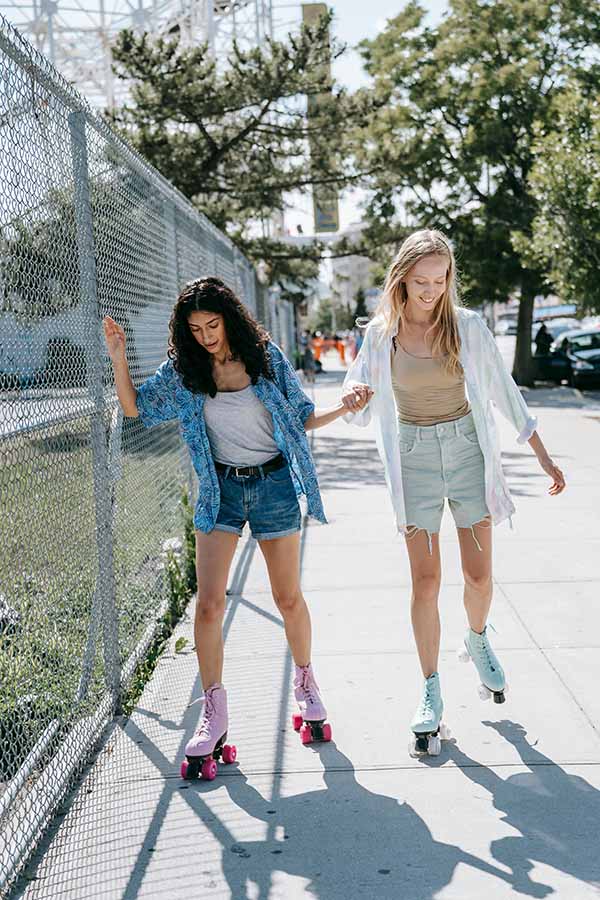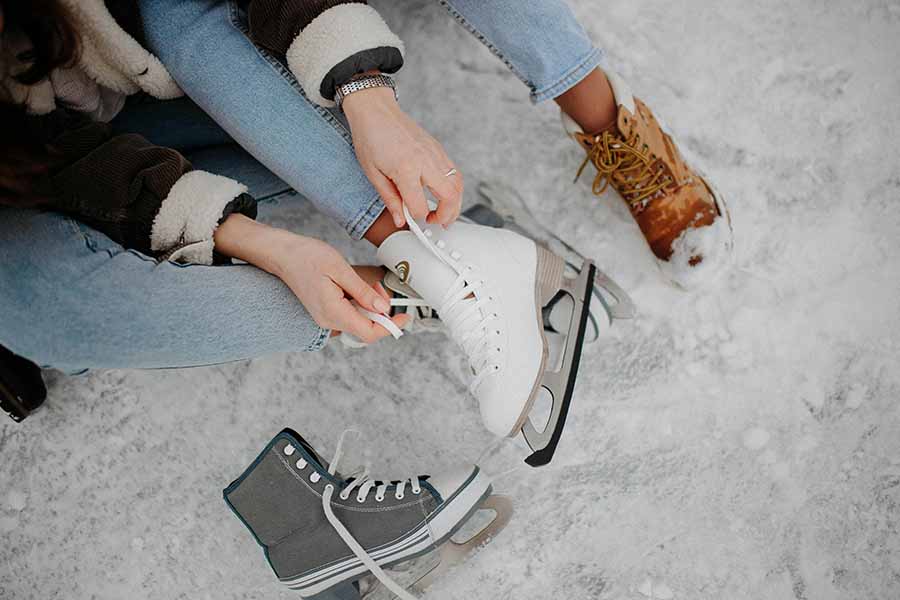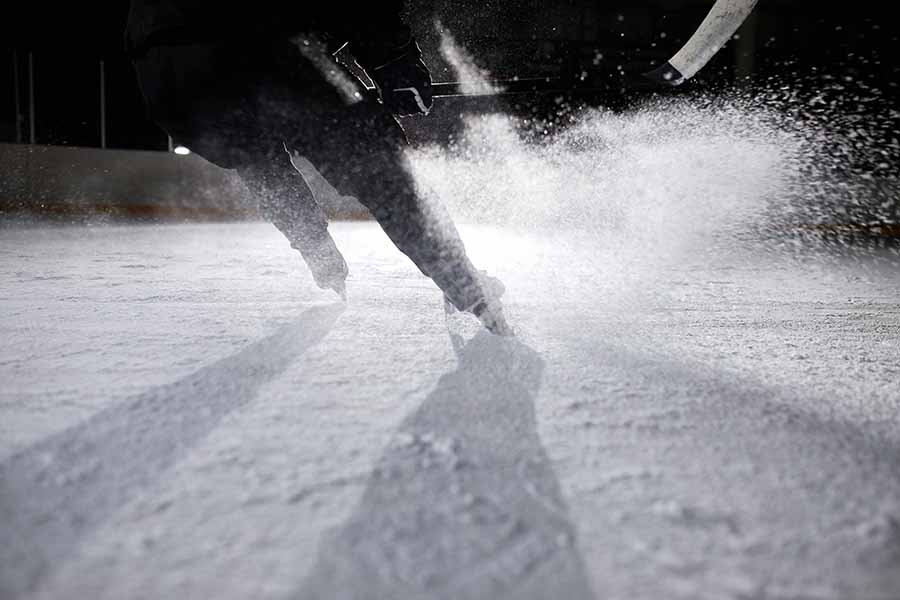So Your Child Wants To Skate: What Should You Do Next?
Skating is a wonderful sport, so there’s no wonder so many children and adults alike feel attracted by it. If your child wants to skate, you have reasons to be happy. This article shares a few tips to help you understand what you have to do in order to offer your child maximum of pleasure and fun.
First of all, you have to assess your own skating skills. If you are very good at it, you may want to teach your child the basics of skating. Keep in mind that you should also have teaching skills and a lot of patience, as children may not be able to focus very well in such circumstances. If you aren’t a good skater yourself, you should consider enrolling your child in a skating class or paying a few private lessons with a good trainer. Like this, your child will learn the correct movements of this sport, thus being more prone to enjoying it. You can’t have fun at doing anything unless you reach a certain level of mastering that sport or skill. Skating lessons are the best gift you can possible make to your child who wants to skate.
Choosing the right skates is another thing that can make a huge difference. If you intend to hire a trainer, you can discuss about buying the right skates for your child before the beginning of the first lesson. Experienced professionals are the most qualified individuals to give you advice in regard to buying the proper equipment. Apart from the skates, you should buy your child protection equipment and a good helmet. If the skating rink is outdoors, you should also ensure you choose the proper clothing items, so that your child isn’t cold. For best results, you should consider layered outfits, as skating can make your child hot.

If you don’t want or you can’t afford to buy your child proper skating training, you should, at least, invest in a high-quality pair of skates and in a good helmet and some thick gloves. Teach your child to raise their hands in the event of tripping over and falling on the ice. The other skaters may come in full speed and section their fingers, so raising the hands is the very first thing to do is case of falling. For safety reasons, it would be better to choose week days to go to the skating rink with your child, as there are less people on the ice than during weekends.
Even if you do know how to skate, you should allow your child to learn the basics without holding hands with you. Many skating rinks offer special props for children to hold on to while skating. The child can use one of these to start with, until he or she feels safe enough to let go and try to skate without helpers.
The best place for a child to learn skating is a proper skating rink with everything needed to secure the safety of the guests. Never go on a frozen lake, as that’s perhaps the most dangerous situation for children and adults alike. Skating on thin ice may lead to falling inside the water. The thermal shock can kill a child in as little as minutes. Besides, getting out of the water is extremely difficult, as thin ice will keep on cracking and collapsing under the weight of the body fighting to get out.
In conclusion, if your child wants to skate, you should encourage this initiative and support with with proper actions such as hiring a teacher, buying the right equipment, and choosing only safe places to go skating.



